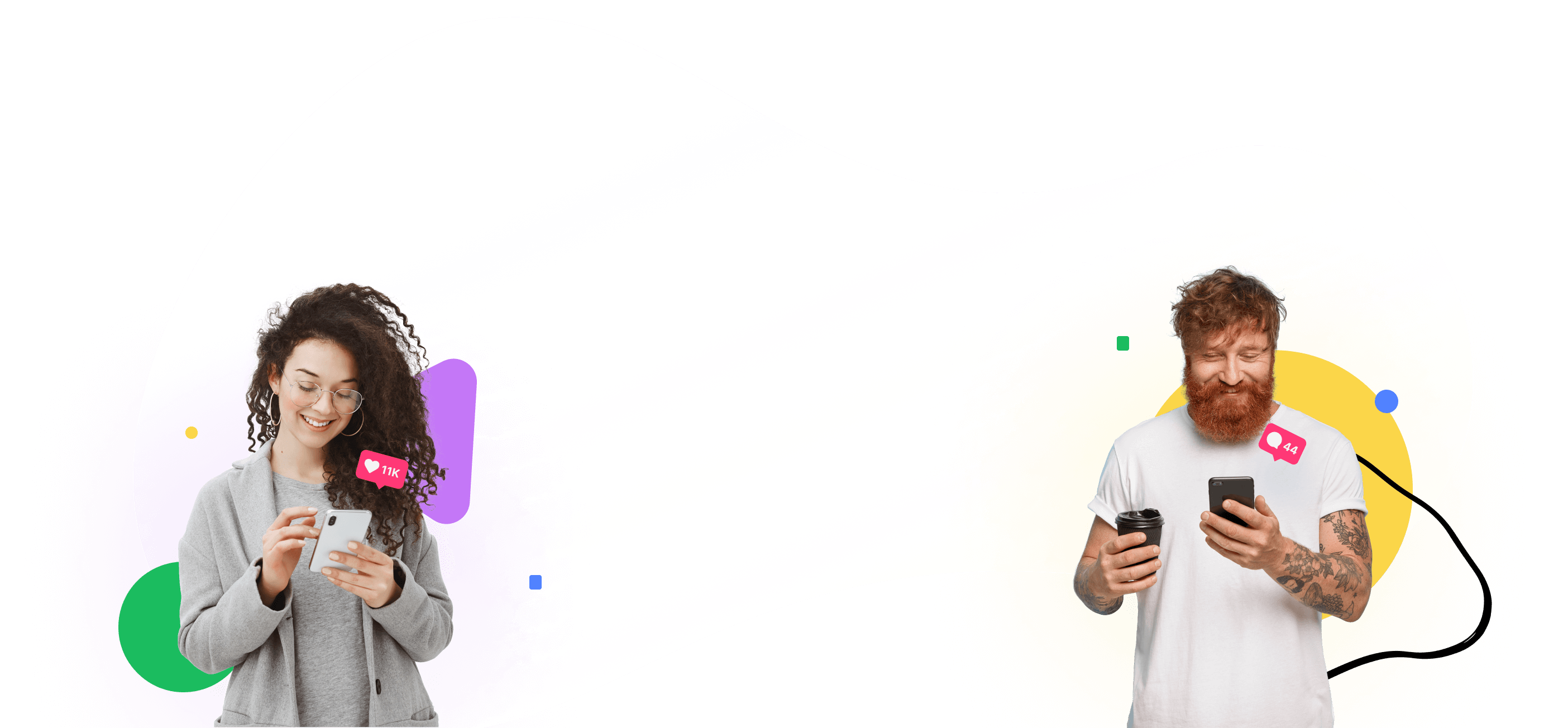Social media algorithms play a crucial role in determining what content users see on their feeds. These complex systems analyze user behavior, preferences, and engagement patterns to deliver personalized content that keeps users engaged and coming back for more. In this comprehensive guide, we'll dive into the workings of social media algorithms across various platforms and provide insights on how to optimize your content for better visibility and reach.
What Are Social Media Algorithms?
Social media algorithms are sets of rules and calculations that determine which posts, images, and videos appear on a user's feed and in what order. These algorithms consider various factors, such as user preferences, engagement levels, content relevance, and timeliness, to curate a personalized experience for each user. The goal is to keep users engaged and interested in the platform by showing them content they are most likely to interact with.

How Facebook's Algorithm Works
Facebook's algorithm, known as the "News Feed," prioritizes content based on several key factors:
1. Engagement: Posts with high levels of likes\, comments\, and shares are more likely to appear in users' feeds. 2. Relevance: Facebook analyzes user behavior and interests to show content that aligns with their preferences. 3. Timeliness: Recent posts are given priority over older ones. 4. Relationship: Content from friends\, family\, and pages with which a user frequently interacts is more likely to appear.
To optimize your content for Facebook's algorithm, focus on creating engaging, relevant, and timely posts that encourage user interaction.
Demystifying Instagram's Algorithm
Instagram's algorithm prioritizes content based on the following factors:
1. Interest: Instagram predicts a user's interest in a post based on their past interactions with similar content. 2. Timeliness: Recent posts are given higher priority. 3. Relationship: Posts from accounts that a user frequently engages with are more likely to appear in their feed. 4. Frequency: The more often a user opens Instagram\, the more chronological their feed will be. 5. Usage: The amount of time a user spends on the app influences the content they see.
To improve your content's performance on Instagram, post regularly, use relevant hashtags, and encourage user engagement through comments and direct messages.

Twitter's Algorithm: What You Need to Know
Twitter's algorithm focuses on delivering relevant and engaging content to users based on the following factors:
1. Engagement: Tweets with high levels of likes\, retweets\, and replies are more likely to appear in users' feeds. 2. Relevance: Twitter analyzes user behavior and interests to show content that aligns with their preferences. 3. Recency: Recent tweets are given higher priority. 4. Relationship: Tweets from accounts that a user frequently interacts with are more likely to appear in their feed.
To optimize your tweets for Twitter's algorithm, use relevant hashtags, mention influential accounts, and encourage user engagement through retweets and replies.
LinkedIn's Algorithm: Optimizing for Professional Audiences
LinkedIn's algorithm prioritizes content that sparks meaningful conversations and engagement within a user's professional network. Key factors include:
1. Engagement: Posts with high levels of likes\, comments\, and shares are more likely to appear in users' feeds. 2. Relevance: LinkedIn analyzes user behavior and interests to show content that aligns with their professional interests. 3. Timeliness: Recent posts are given higher priority. 4. Relationship: Content from connections and pages that a user frequently interacts with is more likely to appear.
To optimize your LinkedIn content, share industry-relevant articles, use professional images, and engage with your network through comments and messages.

Frequently Asked Questions
1. How often do social media algorithms change?
Social media algorithms are constantly evolving to improve user experience and adapt to changing user behavior. While major updates may occur a few times a year, minor tweaks and adjustments happen more frequently. It's essential to stay informed about algorithm changes and adjust your content strategy accordingly.
2. Can I pay to bypass social media algorithms?
While social media platforms offer paid advertising options that can increase your content's visibility, you cannot directly pay to bypass algorithms. Engaging in unethical practices like buying likes or followers can lead to account penalties or even bans. Focus on creating high-quality, engaging content that resonates with your target audience.
3. How long does it take for my content to start performing well with social media algorithms?
The time it takes for your content to gain traction depends on various factors, such as your current following, engagement levels, and the quality of your content. Consistently creating valuable content and engaging with your audience can help improve your performance over time. Be patient and persistent in your efforts.
4. Can I use the same content across all social media platforms?
While it's tempting to share the same content across all platforms, it's best to tailor your content to each platform's unique characteristics and audience preferences. Adapt your message, format, and style to suit the specific platform and its users for optimal performance.
5. How can I measure the success of my content in relation to social media algorithms?
Use each platform's analytics tools to track your content's performance, including reach, engagement, and conversions. Monitor metrics like likes, comments, shares, and click-through rates to gauge your content's effectiveness. Regularly review your analytics to identify trends, make data-driven decisions, and refine your content strategy.
In conclusion, understanding social media algorithms is crucial for creating content that resonates with your target audience and achieves your marketing goals. By staying informed about algorithm updates, focusing on creating high-quality, engaging content, and adapting your strategy for each platform, you can maximize your content's visibility and impact. Keep experimenting, analyzing your results, and refining your approach to stay ahead in the ever-evolving world of social media.



